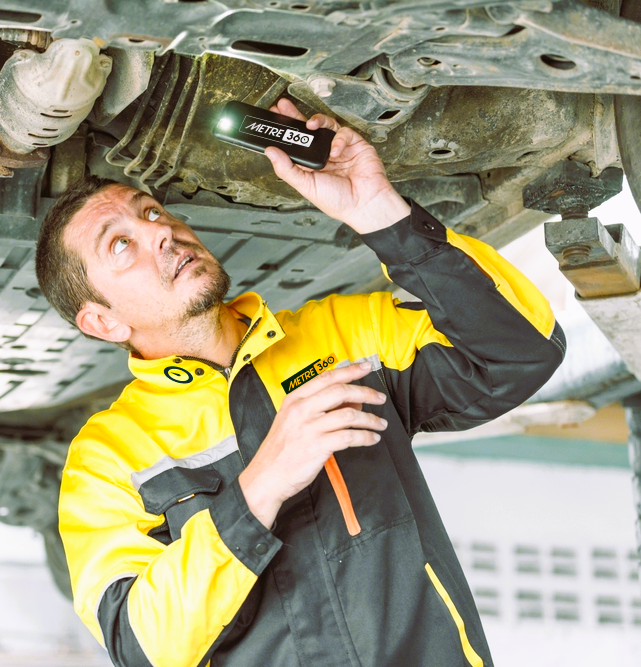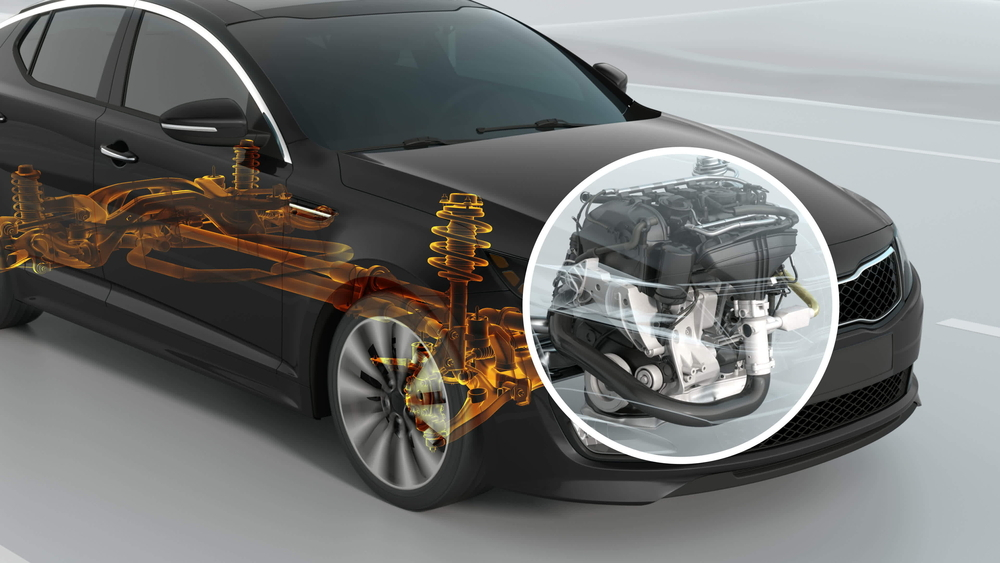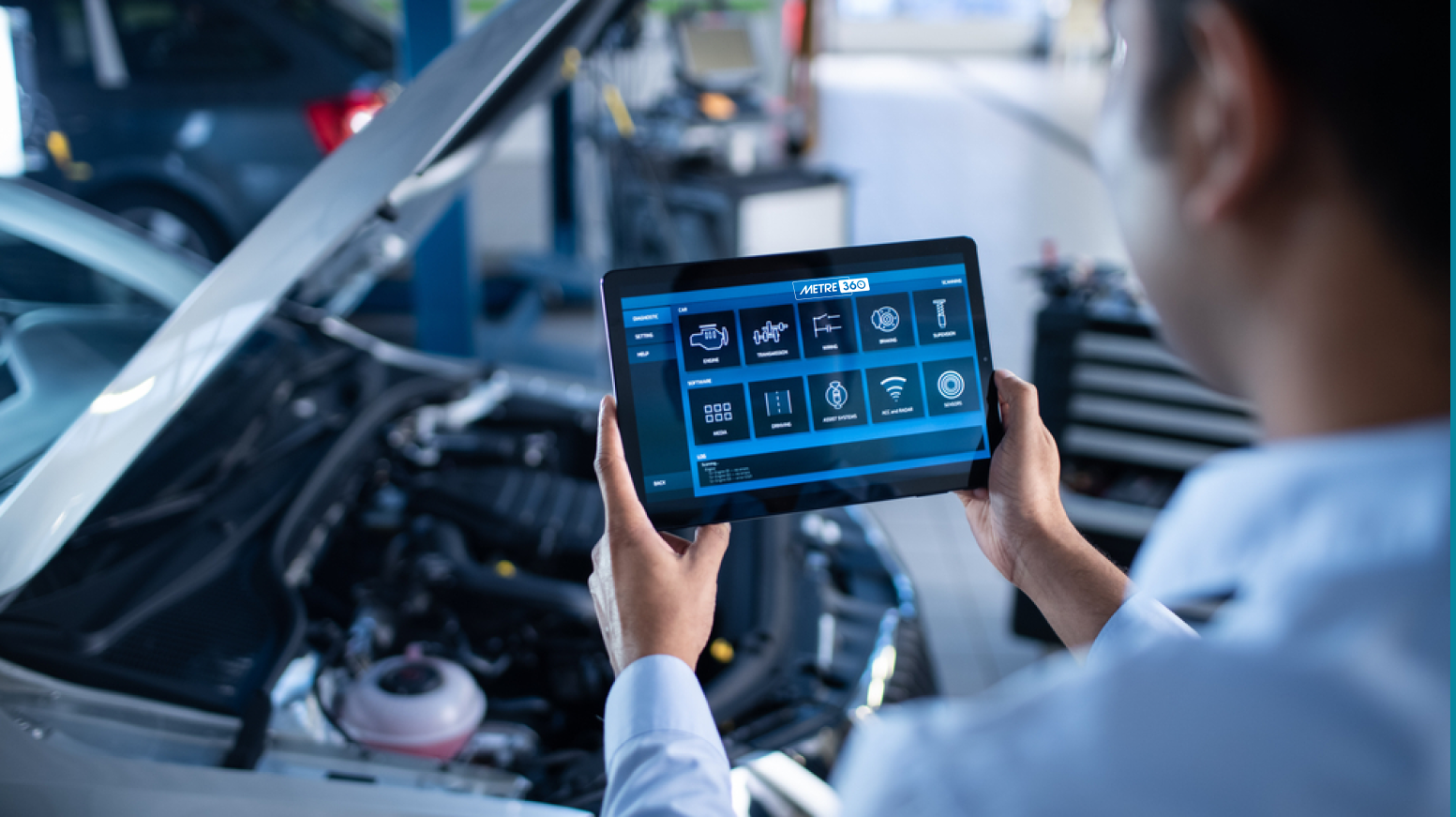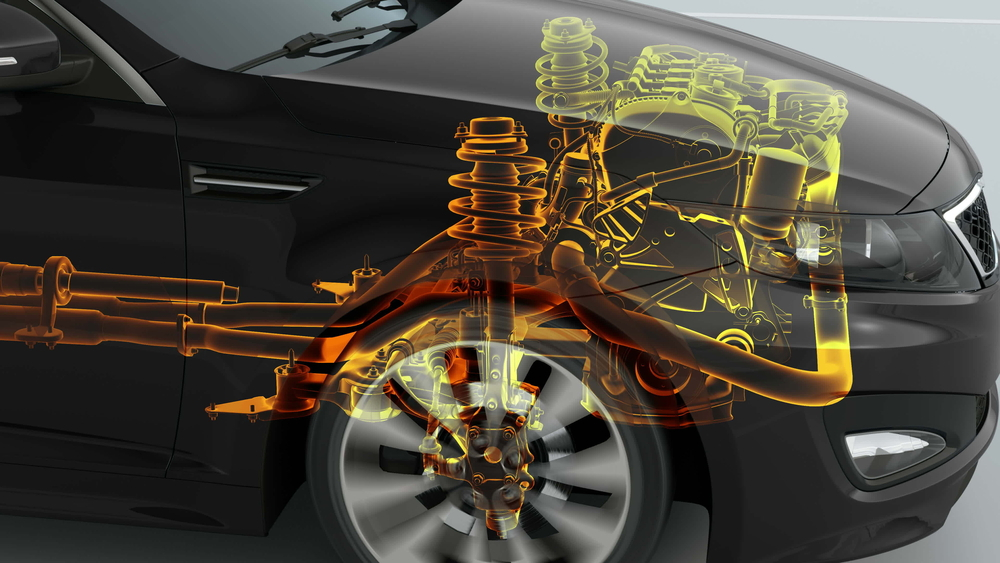Tracking Vehicle Maintenance
as Sovereign Climate Infrastructure
Vehicle maintenance is no longer a private affair—it is a sovereign concern. By embedding tracking, reporting, and accountability into every repair and replacement, nations can transform maintenance into a climate infrastructure layer that extends vehicle life, reduces waste, and integrates emissions into verified carbon markets. Every oil change, part replacement, and predictive intervention becomes an auditable event, strengthening compliance with Paris Agreement targets, IPCC methodologies, and ESG frameworks such as ISSB and CBAM.
Scrappage Prevention & Lifecycle Extension
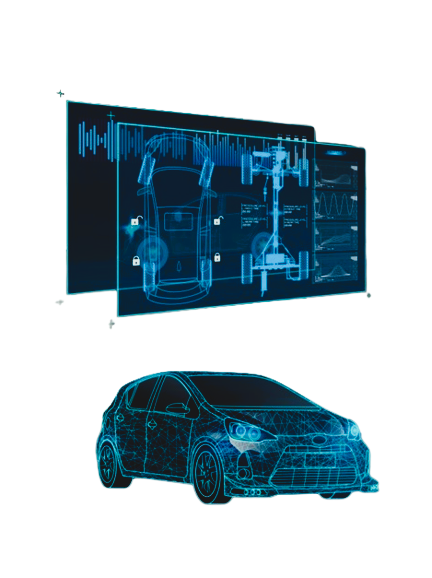
Extending Life,
Preserving Climate Budgets
Too many vehicles are discarded before reaching the end of their functional life—often due to improper maintenance, substandard repairs, or low-quality replacement parts. This premature scrappage accelerates demand for new vehicle production, leading to unnecessary industrial emissions and waste of valuable resources. By tracking maintenance at the sovereign level, nations can prevent this loss—protecting vehicles, parts, and resources from being wasted. With predictive systems and integrated national databases, governments can ensure that vehicles remain in circulation for the greater part of their designed lifespan, extracting maximum economic and environmental value. This reduces raw material extraction, minimizes industrial emissions, and helps sovereigns safeguard their national carbon budgets against premature losses.
Verified Records & Sovereign Compliance
Every Repair Recorded, Every Emission Counted
Every maintenance action carries a carbon cost—whether replacing a tire, fitting a new battery, changing engine oil, or upgrading major components. Oils and fluids generate hazardous waste, while discarded parts add to landfill and recycling backlogs. Without tracking, these impacts remain invisible in national emissions inventories. By embedding digital reporting and sovereign oversight into the repair ecosystem, each intervention becomes a measurable datapoint in a verified emissions ledger. This transforms local repair shops into nodes of climate accountability, where sovereigns, regulators, and OEMs can quantify the true carbon impact of maintenance.
Digital Verification
Strengthens Sovereign Compliance
Through this framework, what was once ignored waste discarded oils, worn-out tires, expired batteries, and replaced components becomes measurable, auditable, and economically valuable. Each verified record transforms maintenance from a hidden source of emissions into a recognized asset in sovereign climate reporting. By converting repair and replacement data into verified carbon credits, governments can both embed accountability into transportation systems and unlock new revenue streams in national and international carbon markets. Vehicle maintenance is elevated from a cost center into a strategic climate infrastructure layer, where every intervention contributes to compliance, resilience, and economic opportunity.

Paris Agreement (NDCs)
Integrating repair emissions into national reporting.

ISSB and IFRS Standards
Transparent ESG disclosure aligned with global expectations.

IPCC Tier-3 Methodologies
Accurate, condition-aware emissions quantification.

Cross Border Adjustment Mechanism Obligations
Enabling compliance for export-driven economies.
Waste Management & Circular Economy
Transforming Maintenance Waste into Climate Value
The automotive sector produces millions of tons of waste every year—from discarded oils and filters to worn tires, expired batteries, and scrapped metal. Left unmanaged, this waste not only threatens the environment but also represents a lost economic opportunity. By embedding digital tracking and accountability into the waste stream, sovereigns can transform what was once landfill-bound into measurable contributions to climate goals and circular economies.

Hazardous Fluids
(Oils & Coolants)
Digitally recorded disposal prevents leakage into ecosystems.

Tires & Filters
Tracking replacement cycles reduces landfill build-up and supports recycling industries.
Scrap Metal & Components
Captured data integrates recycling into verified carbon credit issuance.

End-of-Life Batteries
Verified collection ensures safe recycling and recovery of critical minerals.
Turning Reactive Vehicle Repairs into Predictive Maintenance & AI-Driven Accountability
Traditional maintenance has been reactive—waiting for breakdowns before intervening. This approach shortens vehicle life, increases waste, and multiplies emissions. Predictive maintenance, powered by AI, machine learning, and IoT telemetry, changes the paradigm. By analyzing driving behavior, part performance, and vehicle health in real time, predictive systems anticipate failures before they occur, reducing unnecessary waste and improving efficiency.
Predictive Maintenance Creates National Advantages
Predictive maintenance transforms workshops into proactive climate compliance partners. Each AI-generated recommendation, when verified and acted upon, feeds directly into sovereign databases as a recorded climate-positive event. This ensures that national fleets are not only maintained for efficiency but also continuously monitored for compliance with international climate standards. For sovereigns, predictive AI becomes a dual tool: reducing emissions at the ground level while providing granular data for compliance and credit generation at the policy level.

Maintenance as a Climate Infrastructure Layer
Vehicle maintenance is no longer a private transaction — it has become a strategic sovereign instrument. By embedding scrappage prevention, repair emissions tracking, waste accountability, and predictive AI into verified digital systems, governments can ensure that every intervention contributes directly to national climate goals, compliance with international frameworks, and economic opportunity through verified carbon credits.
This initiative is not presented as a commercial service, but as a strategic framework. It invites sovereigns, regulators, and their appointed representatives to consider vehicle maintenance as an essential layer of climate infrastructure—one that can be embedded into national policy, compliance reporting, and carbon market integration.
